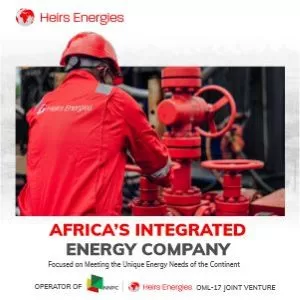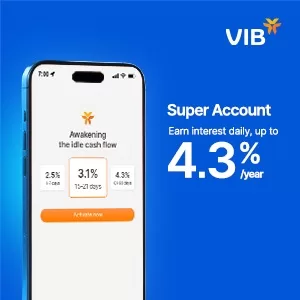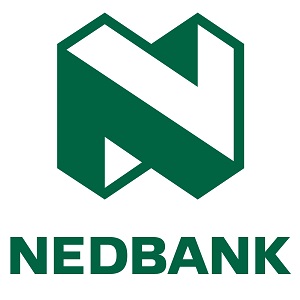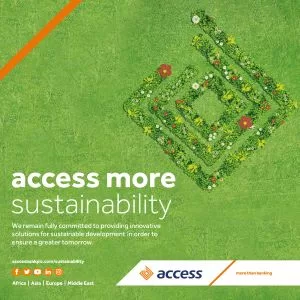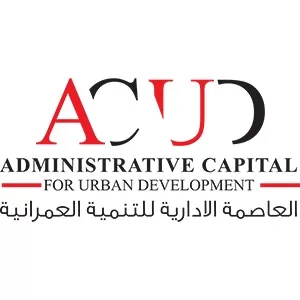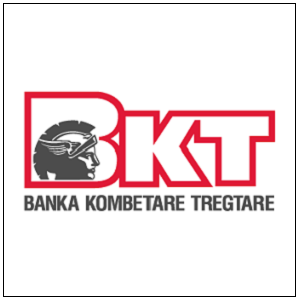Technology
Mission or Money? OpenAI Picks Its Original Purpose Over Profit
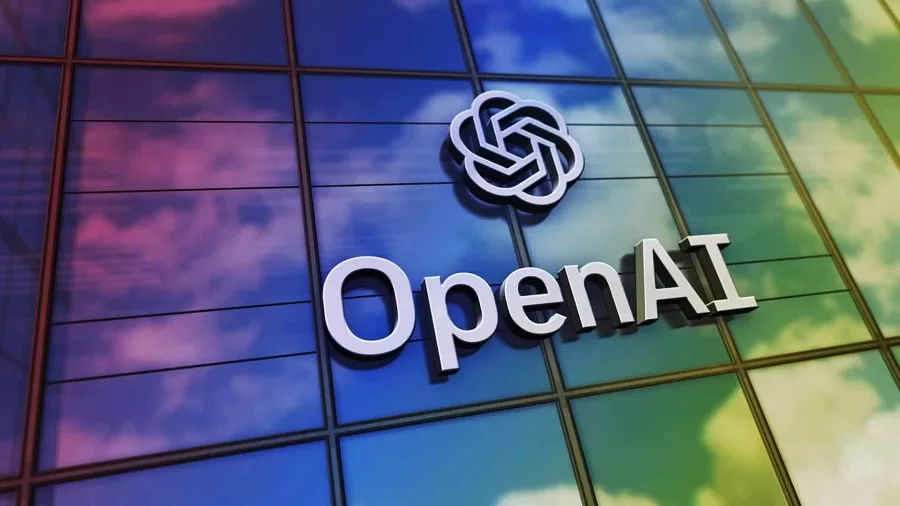
- OpenAI has reversed its decision to become a for-profit company, confirming nonprofit oversight and transforming its capped-profit subsidiary into a Public Benefit Corporation.
- The decision came after legal review, internal debate, and mounting worries about governance and AI responsibility.
A Pivotal Moment for AI’s Most Watched Company
OpenAI has confirmed it will no longer pursue its plan to restructure into a full for-profit entity. Instead, the company’s for-profit part will be reorganised as a Public Benefit Corporation (PBC), with the nonprofit board maintaining control.
The decision comes after months of internal reviews, public criticism, and direct discussions with regulatory bodies. It marks a notable shift in how one of the world’s most influential artificial intelligence companies chooses to balance growth with responsibility.
Why the Shift Now?
In early 2024, the OpenAI leadership suggested extending the for-profit framework to attract a large fund. In this characteristically capital-intensive nature of a project, a classic business organisational structure would likely speed up progress as well.
That idea had caused concern not only for those involved internally but also for an external group of stakeholders. The problem lies in finding the balance between raising the billions of dollars that would be needed and still ensuring that the goal of OpenAI is to cause all of humanity to benefit from AI.
Moreover, the attorneys general of California and Delaware were in hot pursuit of OpenAI’s scheme for governance. At the same time, the fingers and tongues of notable civic commentators were levelled toward the non-monetised/non-funding-sized behemoth, calling them into question.
Ultimately, OpenAI chose a structure that maintained nonprofit control while allowing restricted investor access.
What Is a Public Benefit Corporation?
The Public Benefit Corporation is a legal designation that maintains the ability to make a profit while being accountable for pursuing broader missions. In the case of OpenAI, this is the same mission which goes into furthering its endeavour concerning the development of artificial general intelligence (AGI) in a safe and beneficial way.
Under this model:
- The nonprofit board retains control of major decisions
- The for-profit PBC can raise capital more freely
- Stakeholders are required to consider the public impact of decisions
The model is intended to support financial sustainability without abandoning OpenAI’s original charter.
The Investment Context
OpenAI’s need for significant capital is not in question. Since launching ChatGPT and a suite of developer APIs, the company has experienced exponential usage growth. OpenAI recently closed a $40 billion investment round led by SoftBank, valuing the company at $300 billion, with ongoing discussions for additional funding.
This round would put the company’s valuation around $300 billion, which could be in a realm of a few that are close to that value, but are not public retail exchange-listed technology companies.
By moving to a Public Benefit Corporation, OpenAI unlocks access to equity funding without transitioning to a pure for-profit. So that they are able to scale their infrastructure, enlarge operations into the globe, and pursue ongoing research into the core of AI.
Elon Musk and the Legal Backdrop
The governance debate intensified earlier this year when Elon Musk filed a lawsuit against OpenAI, alleging that the company had strayed from its nonprofit roots. Musk, an early backer, argued that the increasing commercialisation of OpenAI conflicted with its founding mission.
Although the lawsuit remains ongoing, its claims amplified public scrutiny of OpenAI’s internal structure.
This added further weight to the decision to reaffirm nonprofit control.
How This Affects Stakeholders
For users and businesses integrating OpenAI tools, the company’s structure is more than symbolic. It affects how product roadmaps are set, how privacy concerns are addressed, and how AI safety frameworks are implemented.
Investors now know what type of return to expect: standard equity returns, balanced with a public benefit mission. Employees receive clarity on the equity model. Users and partners can benchmark OpenAI’s roadmap against mission commitments.
This governance structure may not solve every challenge, but it brings definition to how OpenAI intends to grow.
What It Means for the Industry
The move could influence how other AI firms and research labs structure themselves. As regulation tightens in the UK, EU, and elsewhere, governance models that blend financial access with mission control may become more common.
For policymakers and watchdogs, OpenAI’s choice signals a willingness to accept external accountability. For competitors, it places pressure on transparency and purpose.
As AI systems become embedded in public services, education, finance, and defence, the demand for an ethical structure will likely increase.
The Road Ahead
OpenAI will continue to scale its offerings, including enterprise tools, developer access, and API infrastructure. The shift to a Public Benefit Corporation is not an endpoint. It’s a new layer in the company’s evolving identity.
How it implements this model — and whether it maintains trust across markets — will be closely watched.
Global Brands Magazine will track the implications for brand governance, investment logic, and leadership positioning in a tech industry navigating unprecedented scrutiny.
For now, OpenAI’s message is clear: growth is not the only goal. Governance matters.














